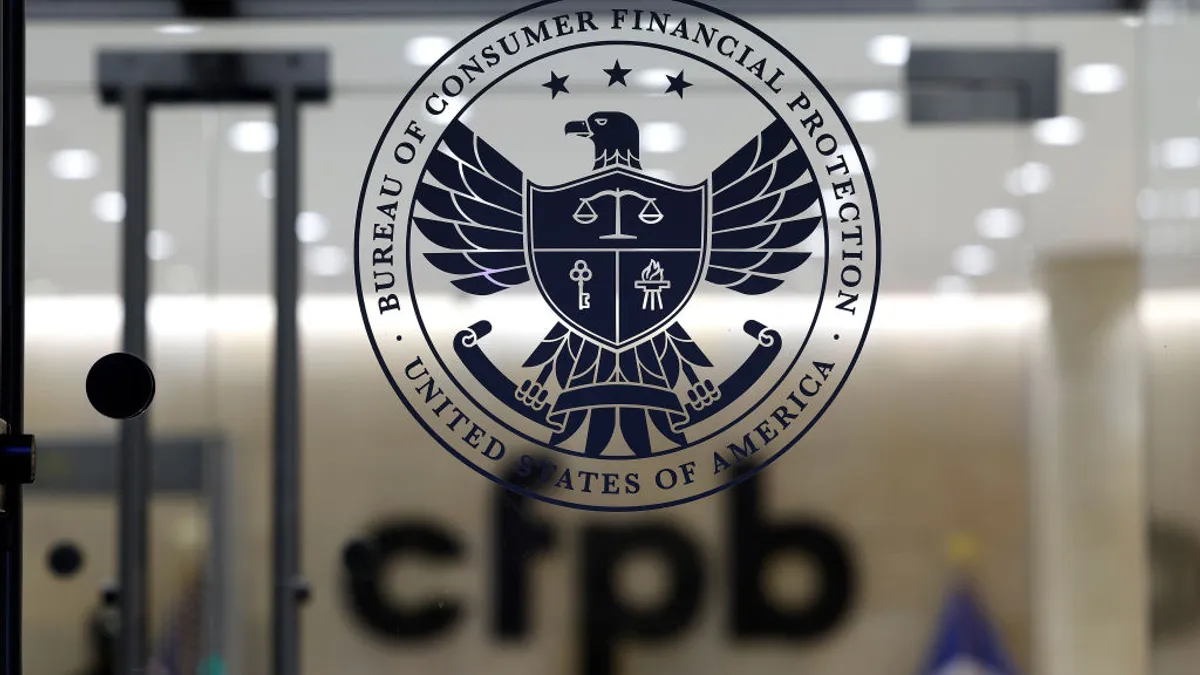The Federal Deposit Insurance Corp. proposed a rule Tuesday that requires banks to bolster the recordkeeping requirements for the fintech companies they partner with following the Synapse collapse, which has resulted in millions of dollars in frozen customer funds.
The proposed rule would ensure timely access to customer funds in the event of a fintech collapse, even if the bank partner is still standing, in which case federal deposit insurance doesn’t kick in.
Typically, non-bank fintechs deposit customer funds into a single custodial account at their partner bank, resulting in a customer account that may hold the funds of thousands of customers and businesses. As it stands, a partner bank might not be able to determine which customers own what funds within the account.
But under the rule proposed Tuesday, banks would be required to ensure accurate recordkeeping per fintech customer — including a requirement that individuals’ funds be reconciled daily.
The rule “is an important step to ensure that banks know the actual owner of deposits placed in a bank by a third party such as Synapse, whether the deposit has actually been placed in the banks, and that the banks are able to provide the depositor their funds even if the third party fails,” Chair Martin Gruenberg said in a prepared statement.
“In addition, it will strengthen the FDIC’s ability to make deposit insurance determinations and, if necessary, pay deposit insurance if the bank fails. Further, the proposed rule will strengthen compliance with anti-money laundering and countering the finance of terrorism law,” he said.
The proposed rule also provides for oversight by the banks’ primary federal regulator to review for, and compel, compliance with the rule.
A public comment period on the proposal will be open for the next 60 days.
Merger scrutiny
Bank mergers will face tougher scrutiny under a policy update approved by the FDIC board Tuesday.
The Democratic-majority board approved a measure 3-2 requiring more details from banks seeking to merge and clarifying that the FDIC may consider concentrations beyond deposits, including small business and residential loan originations, when evaluating a merger’s competitive effects.
Under its previous rule, the FDIC assessed competition by looking at the geography of where customers make bank deposits.
The measure also elaborates on the regulator’s expectation that a deal will result in an institution that’s more convenient for consumers as well as less risky; and applies additional scrutiny on deals that result in an institution of $100 billion or more in assets.
The rule supersedes an existing measure last updated in 2008 and is related to a 2021 executive order by President Joe Biden heightening scrutiny of competition in American industry.
The EO noted at the time that federal agencies had “not formally denied a bank merger application in more than 15 years.”
“By clarifying the factors that each agency takes into account when reviewing the transactions, these policy statements can serve as yardsticks and roadmaps which banks can use to gauge and improve their chances of receiving regulatory approval for prospective mergers,” said Acting Comptroller of the Currency Michael Hsu after voting to approve the measure. Hsu is also an FDIC board member.
“While regulators must remain vigilant and reject mergers that would weaken competition, hurt communities or threaten financial stability, we must also be open to embracing and improving mergers where strong banks that have earned the trust of their communities and regulators seek to acquire weaker ones and have credible plans and capabilities to improve them,” Hsu said.
While Gruenberg and directors Hsu and Rohit Chopra, head of the Consumer Financial Protection Bureau, voted in support of the action, Vice Chair Travis Hill and director Jonathan McKernan spoke out against the update.
McKernan, who voted against the proposal when it was introduced in March, said that he believed the final proposal “reflects and implements a bias against mergers that is bad policy and bad law.” Hill, who also previously voted against the proposal, said that the initial proposal “move[d] in the wrong direction, potentially making the process longer, more difficult, and less predictable;” and that the final proposal bore few changes from what he voted against.
“I continue to believe the revised approach to the competition factor will add considerable unpredictability, by deemphasizing the use of [Herfindahl-Hirschman Index] thresholds, long a predictable proxy for concentrations, and by elevating consideration of ‘concentrations in any specific products or customer segments,’” Hill said in prepared remarks.
“I also think the FDIC could have done more to address comments raising concerns regarding the impact of the SOP on rural areas in which a small number of banks represent the entire or near-entire banking presence,” Hill said.





















